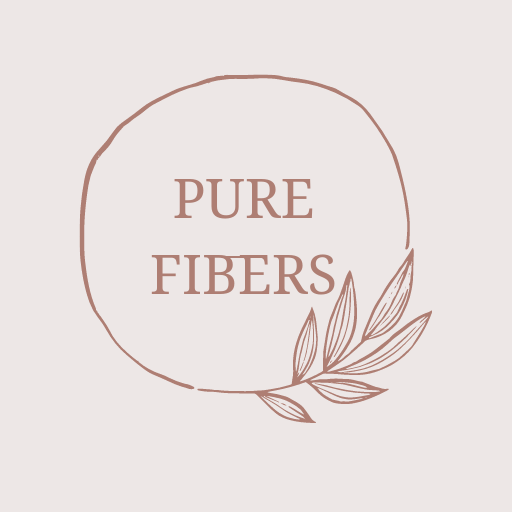The Ultimate Guide to Eco-Friendly Fabrics: Choosing Sustainable Textiles for a Greener Home
Creating a sustainable home starts with making informed choices about the materials we use in our everyday lives. Eco-friendly fabrics are a great way to reduce environmental impact while enjoying the benefits of natural, durable, and stylish textiles. Let's explore the advantages, characteristics, and best practices for incorporating sustainable fabrics into your home decor and wardrobe.
Introduction to Eco-Friendly Fabrics
Eco-friendly fabrics are produced using environmentally responsible processes and materials. These textiles aim to minimize harm to the environment through sustainable farming practices, reduced chemical use, and efficient resource management. By choosing eco-friendly fabrics, you contribute to a healthier planet and support ethical manufacturing practices.
Benefits of Eco-Friendly Fabrics
-
Reduced Environmental Impact: Sustainable textiles are often made from organic or recycled materials, which require less water, energy, and chemicals to produce. This reduces pollution, conserves natural resources, and promotes biodiversity.
-
Healthier Living Environment: Eco-friendly fabrics are typically free from harmful chemicals and synthetic dyes, making them safer for your skin and overall health. They are also less likely to cause allergic reactions or skin irritations.
-
Durability and Longevity: Many sustainable fabrics, such as organic cotton and linen, are known for their strength and durability. Investing in high-quality eco-friendly textiles ensures long-lasting products that withstand frequent use and washing.
Popular Eco-Friendly Fabrics
-
Organic Cotton: Grown without synthetic pesticides and fertilizers, organic cotton is soft, breathable, and hypoallergenic. It is ideal for clothing, bedding, and towels, providing comfort and safety for sensitive skin.
-
Linen: Made from flax fibers, linen is highly durable, breathable, and biodegradable. Its natural texture and cooling properties make it perfect for summer clothing and home textiles like curtains and tablecloths.
-
Hemp: Hemp is one of the most sustainable fibers, requiring minimal water and no pesticides to grow. It is strong, durable, and naturally resistant to mold and UV rays, making it suitable for a variety of uses, from clothing to home furnishings.
-
Bamboo: Bamboo fabric is made from the pulp of bamboo plants and is known for its softness, moisture-wicking properties, and natural antibacterial qualities. It is commonly used in clothing, bedding, and towels.
Tips for Shopping Eco-Friendly Fabrics
-
Check Certifications: Look for certifications like GOTS (Global Organic Textile Standard), OEKO-TEX, and Fair Trade, which ensure that the fabrics meet specific environmental and ethical standards.
-
Prioritize Natural Fibers: Choose fabrics made from natural fibers such as organic cotton, linen, hemp, and bamboo. These materials are biodegradable and have a lower environmental impact compared to synthetic fibers.
-
Consider Recycled Materials: Opt for textiles made from recycled fibers, such as recycled polyester or nylon. These fabrics reduce waste and resource consumption by repurposing existing materials.
Care and Maintenance
-
Gentle Washing: Use mild detergents and cold water to wash eco-friendly fabrics, preserving their natural fibers and extending their lifespan. Avoid harsh chemicals and bleach that can damage the fabric and harm the environment.
-
Air Drying: Whenever possible, air dry your textiles to reduce energy consumption and prevent wear and tear from machine drying. This also helps maintain the natural properties and appearance of the fabric.
Environmental Benefits
-
Sustainable Farming Practices: Eco-friendly fabrics support sustainable agriculture, reducing the need for harmful chemicals and promoting soil health and biodiversity.
-
Reduced Waste: Choosing durable, high-quality fabrics reduces the need for frequent replacements, minimizing waste and promoting a circular economy.
Incorporating eco-friendly fabrics into your home and wardrobe is a meaningful step towards a more sustainable lifestyle. By choosing textiles made from organic, natural, and recycled materials, you can enjoy the benefits of comfort, durability, and environmental responsibility. Embrace the beauty and practicality of sustainable fabrics and create a greener, healthier home for yourself and future generations.
